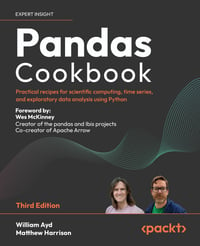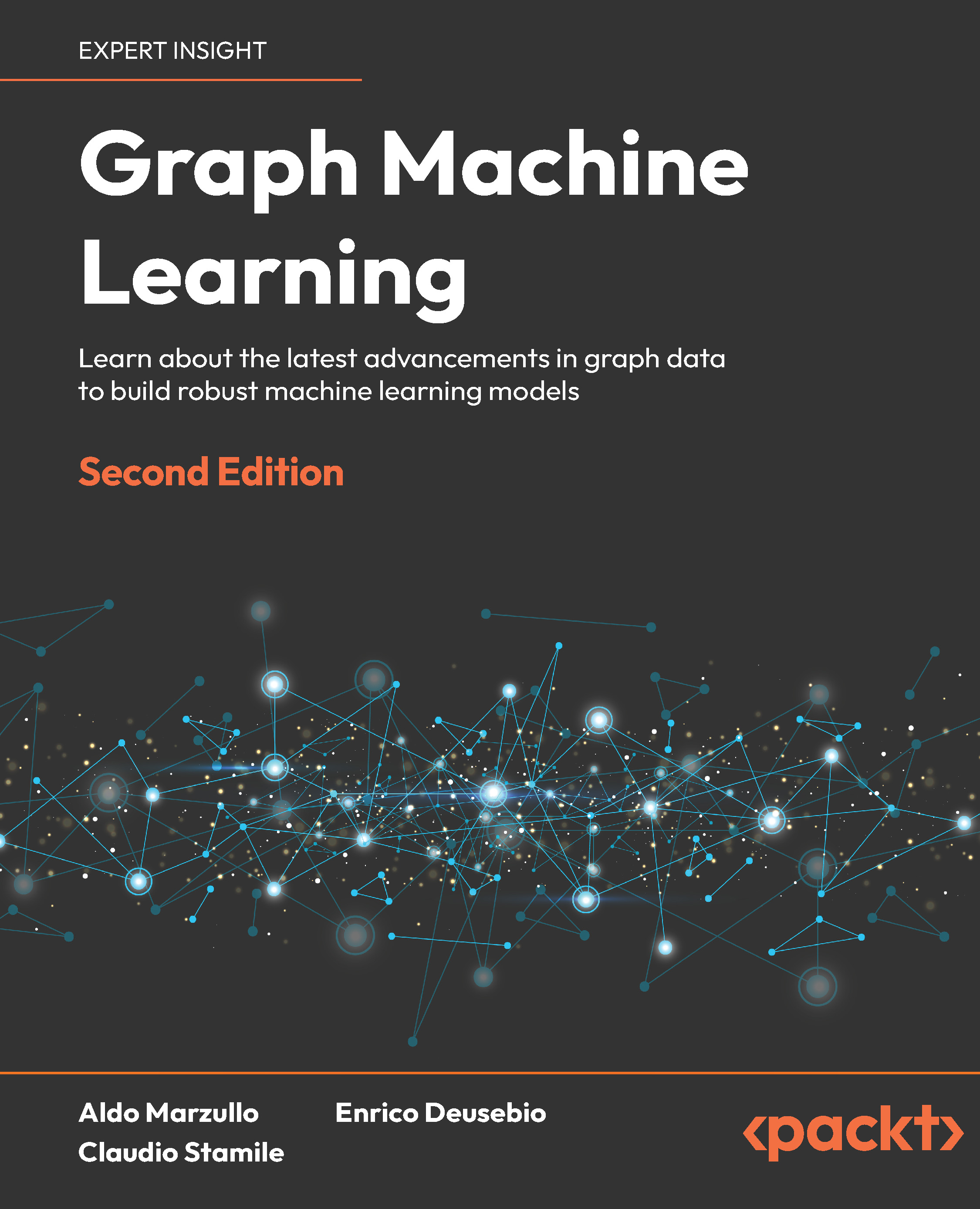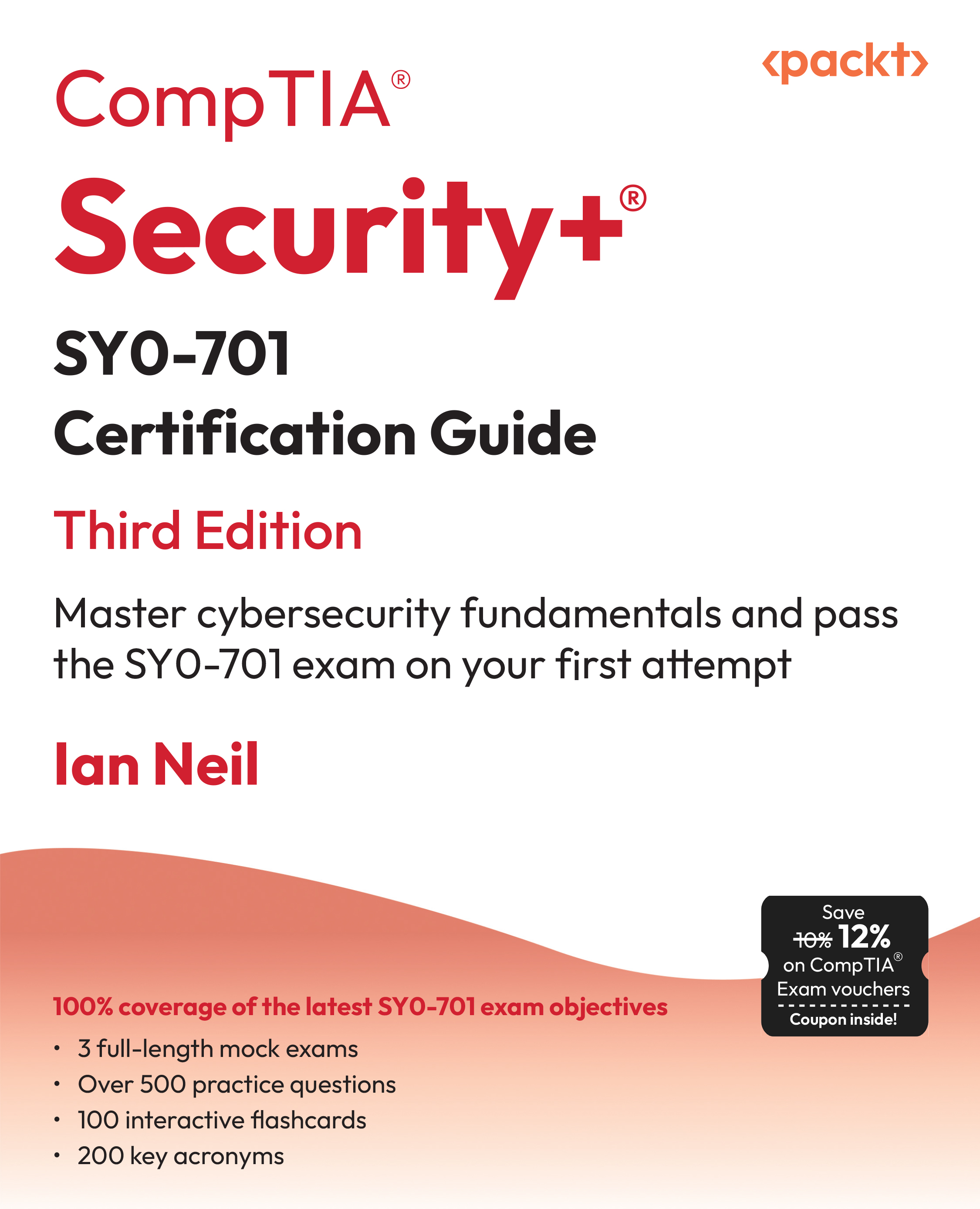⭕ deepseek-ai/DeepSeek-V3-0324: DeepSeek introduced V3-0324 with enhanced reasoning (MMLU-Pro +5.3, GPQA +9.3, AIME +19.8), better code execution, improved Chinese writing, refined translation, more accurate function calling, and detailed search analysis. New system prompt and optimized temperature mapping included.
⭕ ByteDance/InfiniteYou: ByteDance introduced InfiniteYou (InfU), leveraging Diffusion Transformers (DiTs) like FLUX for high-fidelity, identity-preserved image generation. InfU improves identity similarity, text-image alignment, and aesthetics using InfuseNet and multi-stage training. Two model variants, aes_stage2 (better aesthetics) and sim_stage1 (higher ID similarity), enhance flexibility.
⭕ manycore-research/SpatialLM-Llama-1B: SpatialLM introduced SpatialLM-Llama-1B, a 3D large language model that processes point cloud data to generate structured 3D scene understanding. It identifies architectural elements (walls, doors, windows) and object bounding boxes. It supports multimodal inputs, enhancing applications in robotics and navigation.
⭕ canopylabs/orpheus-3b-0.1-ft: Canopy Labs introduced Orpheus 3B 0.1 FT, a Llama-based speech model fine-tuned for high-quality, empathetic text-to-speech generation. It offers human-like intonation, zero-shot voice cloning, guided emotions, and low-latency real-time streaming, making it ideal for natural speech synthesis applications.
⭕19 Git Tips For Everyday Use: The post shares practical Git commands and techniques to improve workflow efficiency. It covers logging, file extraction, rebasing, managing branches, fixing commits, using aliases, and troubleshooting, offering valuable insights for intermediate Git users.
⭕ AI Expert Roadmap: This post offers an interactive collection of roadmaps covering AI, data science, machine learning, deep learning, and big data engineering. It guides learners on essential concepts, tools, and techniques while encouraging ongoing exploration of evolving technologies and best practices.
⭕ Cookiecutter Data Science: The Cookiecutter Data Science v2 introduces an improved, standardized project structure for data science workflows. It offers a command-line tool (ccds) that simplifies project setup and enforces best practices. With enhanced functionality and flexible directory organization, it ensures consistency and reproducibility across projects.
 United States
United States
 Great Britain
Great Britain
 India
India
 Germany
Germany
 France
France
 Canada
Canada
 Russia
Russia
 Spain
Spain
 Brazil
Brazil
 Australia
Australia
 South Africa
South Africa
 Thailand
Thailand
 Ukraine
Ukraine
 Switzerland
Switzerland
 Slovakia
Slovakia
 Luxembourg
Luxembourg
 Hungary
Hungary
 Romania
Romania
 Denmark
Denmark
 Ireland
Ireland
 Estonia
Estonia
 Belgium
Belgium
 Italy
Italy
 Finland
Finland
 Cyprus
Cyprus
 Lithuania
Lithuania
 Latvia
Latvia
 Malta
Malta
 Netherlands
Netherlands
 Portugal
Portugal
 Slovenia
Slovenia
 Sweden
Sweden
 Argentina
Argentina
 Colombia
Colombia
 Ecuador
Ecuador
 Indonesia
Indonesia
 Mexico
Mexico
 New Zealand
New Zealand
 Norway
Norway
 South Korea
South Korea
 Taiwan
Taiwan
 Turkey
Turkey
 Czechia
Czechia
 Austria
Austria
 Greece
Greece
 Isle of Man
Isle of Man
 Bulgaria
Bulgaria
 Japan
Japan
 Philippines
Philippines
 Poland
Poland
 Singapore
Singapore
 Egypt
Egypt
 Chile
Chile
 Malaysia
Malaysia





















